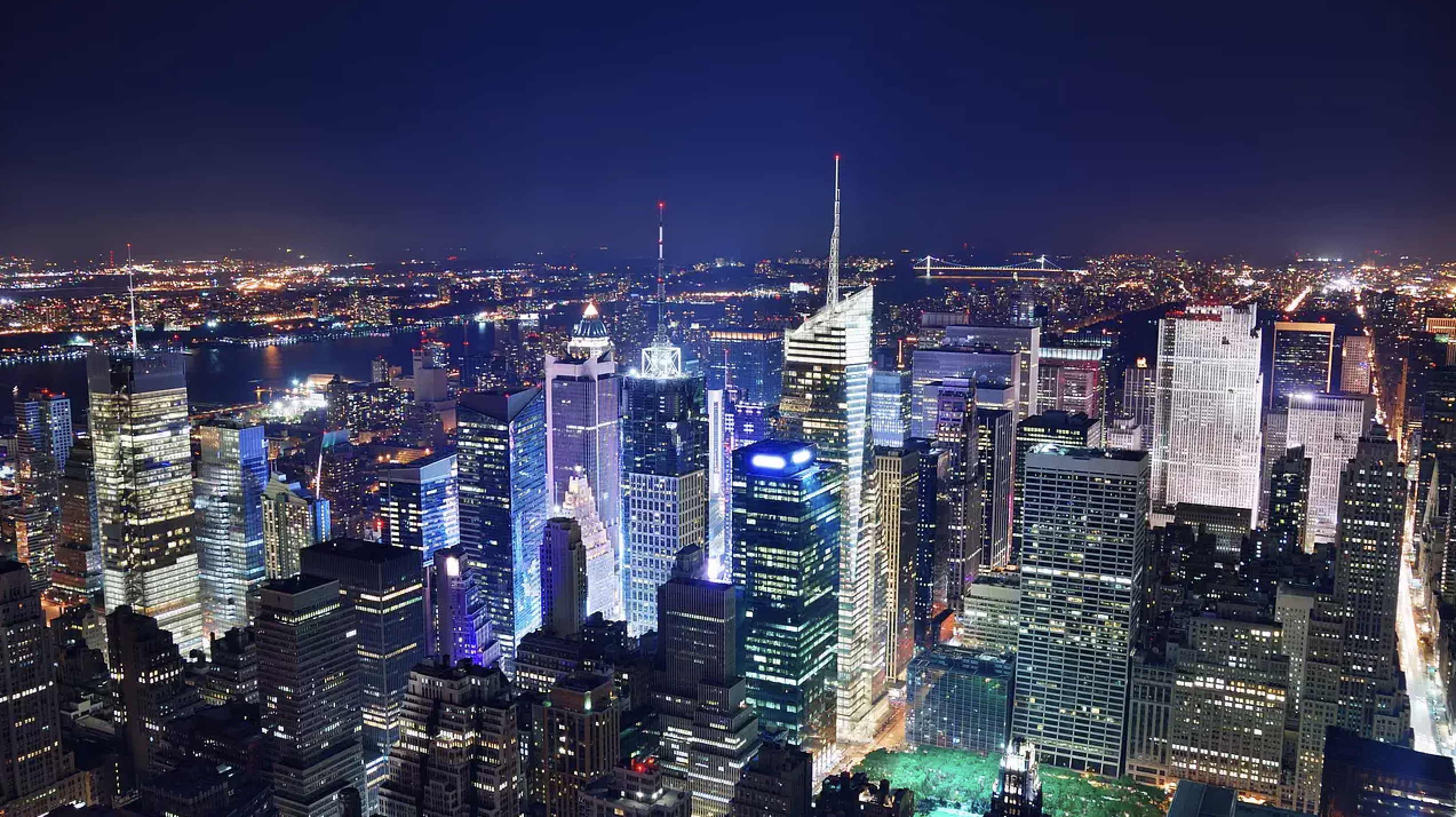
New York City Pioneering the All-Electric Wave
President Biden recently signed the Inflation Reduction Act in support of efforts in addressing rising inflation and combatting the climate crisis, across the country. The legislation contains $369 billion towards tax breaks for low-carbon energy and other measures to cut emissions, an area of particular importance to New York City that has enacted some of the most aggressive climate change goals on the planet under Local Law 97. The goals of LL97 include achieving a 40 percent reduction in greenhouse gas emissions from buildings by 2030 from 2005 levels and an 80 percent reduction in overall citywide emissions by 2050. As a means of attaining these goals within these deadlines, natural gas bans have become an increasingly popular strategy in major cities in the U.S., and one that would have a unique impact on New York City in particular.
Codifying Existing Practices
In December 2021, Mayor de Blasio signed into law a mandate that would prohibit the combustion of fossil fuels by 2023 in newly constructed residential and commercial buildings below seven stories. The ban, which takes place in December 2023, was the subject of significant discourse surrounding how achievable this would be and what effects it might have on fossil fuel companies in addition to the city’s electrical grid. A separate bill, dubbed the “All-Electric Building Act” is also currently in the Senate Committee after failing to make it into the latest budget. This bill would follow in the former’s footsteps on a statewide level, including its 2027 deadline for buildings that are over seven stories. Together, these bills are part of a larger recent push for more buildings to embrace an all-electric infrastructure.
Similar to how New York City was the first major U.S. city to ban natural gas hookups in new buildings, the city is already pioneering the charge of all-electric buildings. Even prior to the passing of the citywide natural gas ban, Alloy Development partnered with the New York City Educational Construction Fund to announce the closing of financing for Phase One of Alloy Block, which is expected to be the city’s first all-electric residential tower. In April of this year, JPMorgan Chase announced plans for its new all-electric headquarters located on Park Avenue, which is targeting net-zero operational emissions. Combined with other recent developments such as Brookfield Properties’ March announcement of a five-year agreement with Brookfield Renewable to supply renewable electricity to One Manhattan West–which will make it one of the largest buildings in New York to be powered by in-state renewable energy –New York City has truly emerged as a leader in renewable energy development.
Easing Into Large-Scale Change
While the initial citywide natural gas ban was criticized as overly ambitious by its opposers, it remains a necessary next step for the city is to reach its climate change goals. This is particularly true for New York City’s real estate industry where more than one million buildings generate nearly 70 percent of carbon emissions due to how much energy is required to supply them with heating, cooling, and lighting. With such a large portion of emissions coming from pre-existing, large developments, the change in how they function daily cannot happen overnight. The beginning phases in the shift to all-electric buildings will initially apply to select smaller buildings in renovation stages, a strategy that will decidedly shape the future of New York City development.
By working to eliminate equipment that relies on fossil fuels, the technology sector and HVAC players will need to work together to find alternatives to how buildings are currently sourcing power. This is already well underway, with devices such as air source and geothermal heat pumps being incorporated into buildings in greater numbers. One prominent example of this is the largest air source heat pump being installed in Taconic Partners’ Hudson Research Center. The cost of technology and infrastructure required to implement these solutions in smaller buildings will be significantly less than that of the city’s taller towers, making them the perfect place to begin rolling out the new requirements. In time we can expect this legislation to also pave the way in how to retrofit existing buildings once there is a greater understanding of the techniques and strategies that are most labor and cost effective.
Leading By Example
New York City is pioneering the way as it pertains to achieving climate change goals. While many regions across the country need to significantly amplify their efforts in order to meet the deadlines established over the past decade by state and federal governments, these goals are still achievable through legislation such as natural gas bans and requirements for all-electric buildings. New York’s strategy of starting with newer, smaller buildings and adopting those same techniques on a larger scale between 2023 and 2027 is one that is shaping up to have positive results and serve as encouragement and examples for other cities to follow suit, emphasizing New York City’s continued status as the leader in urban and environmental development.